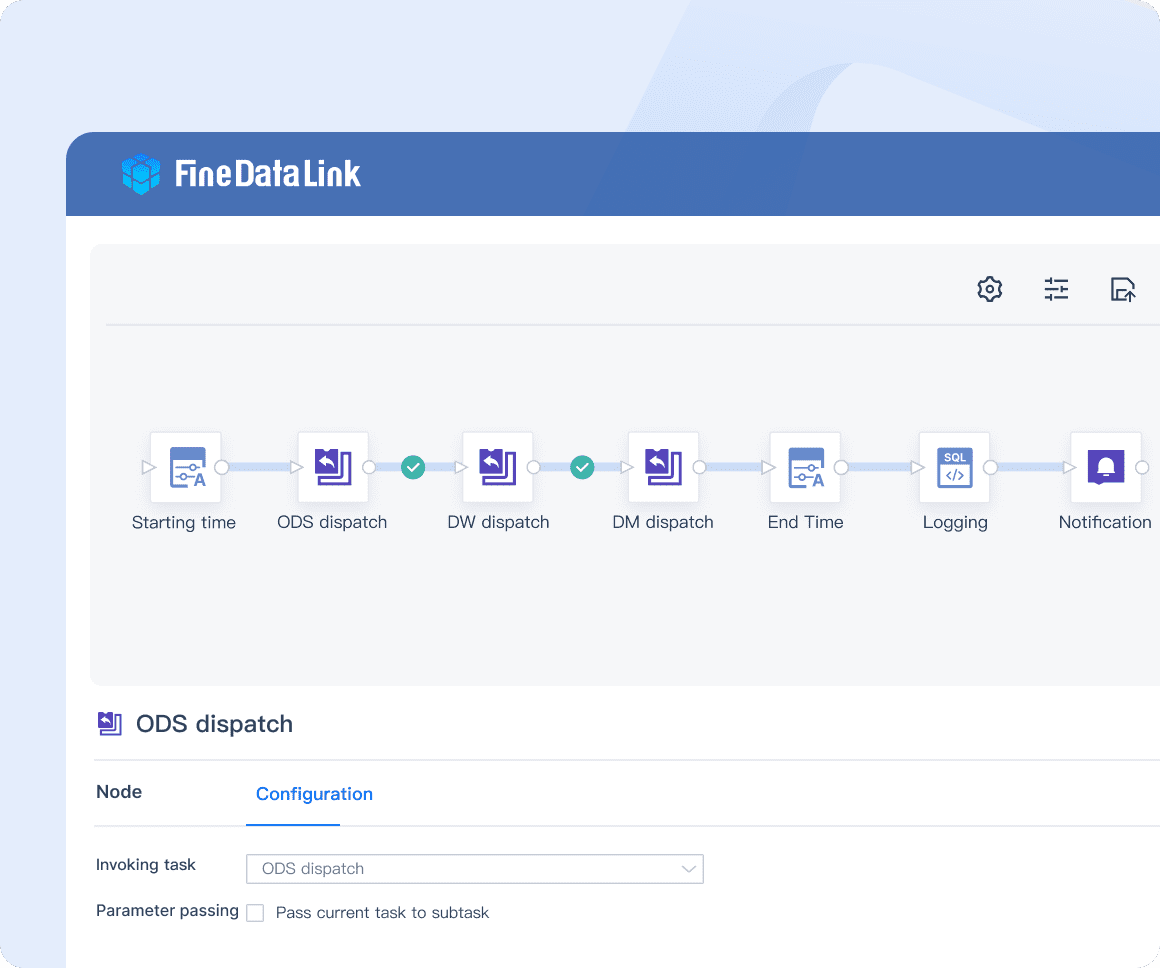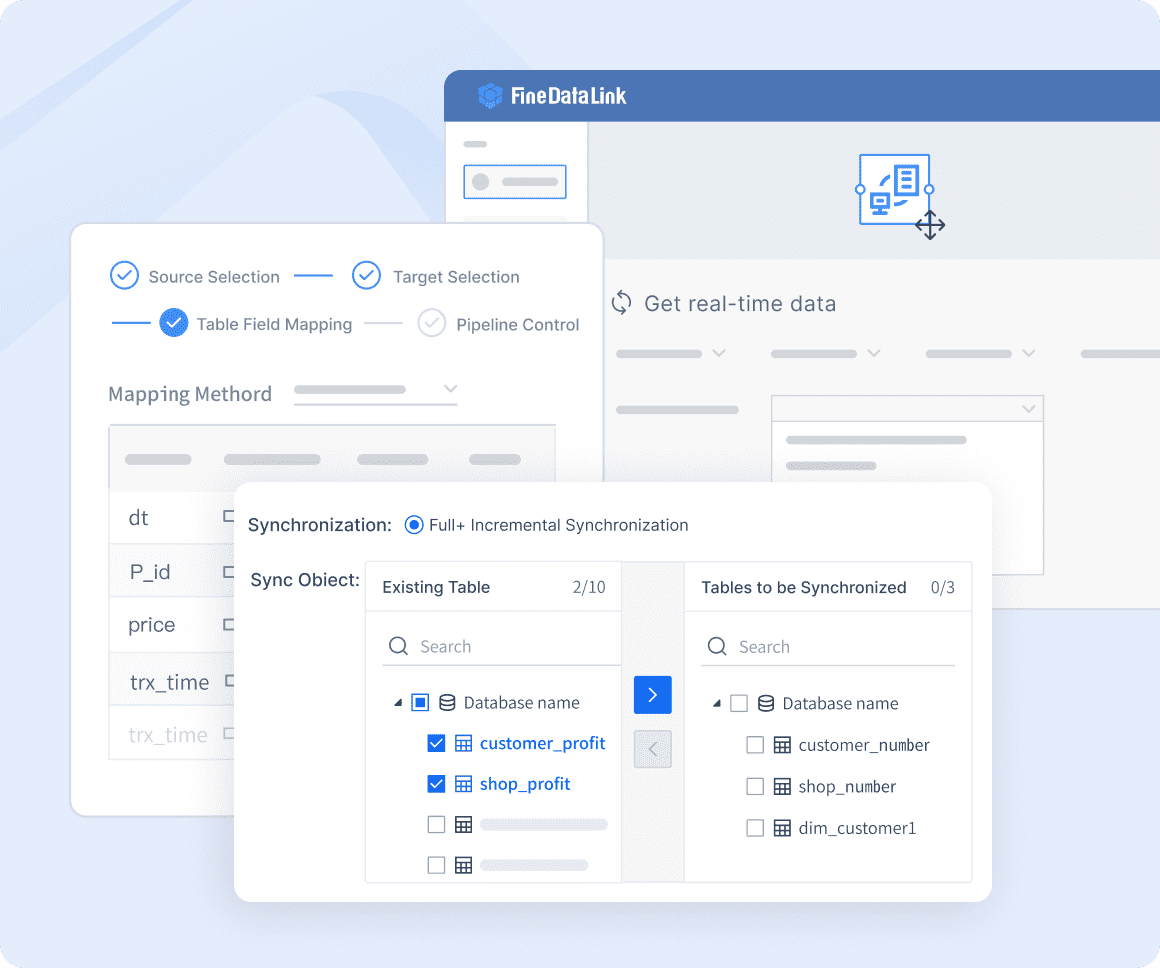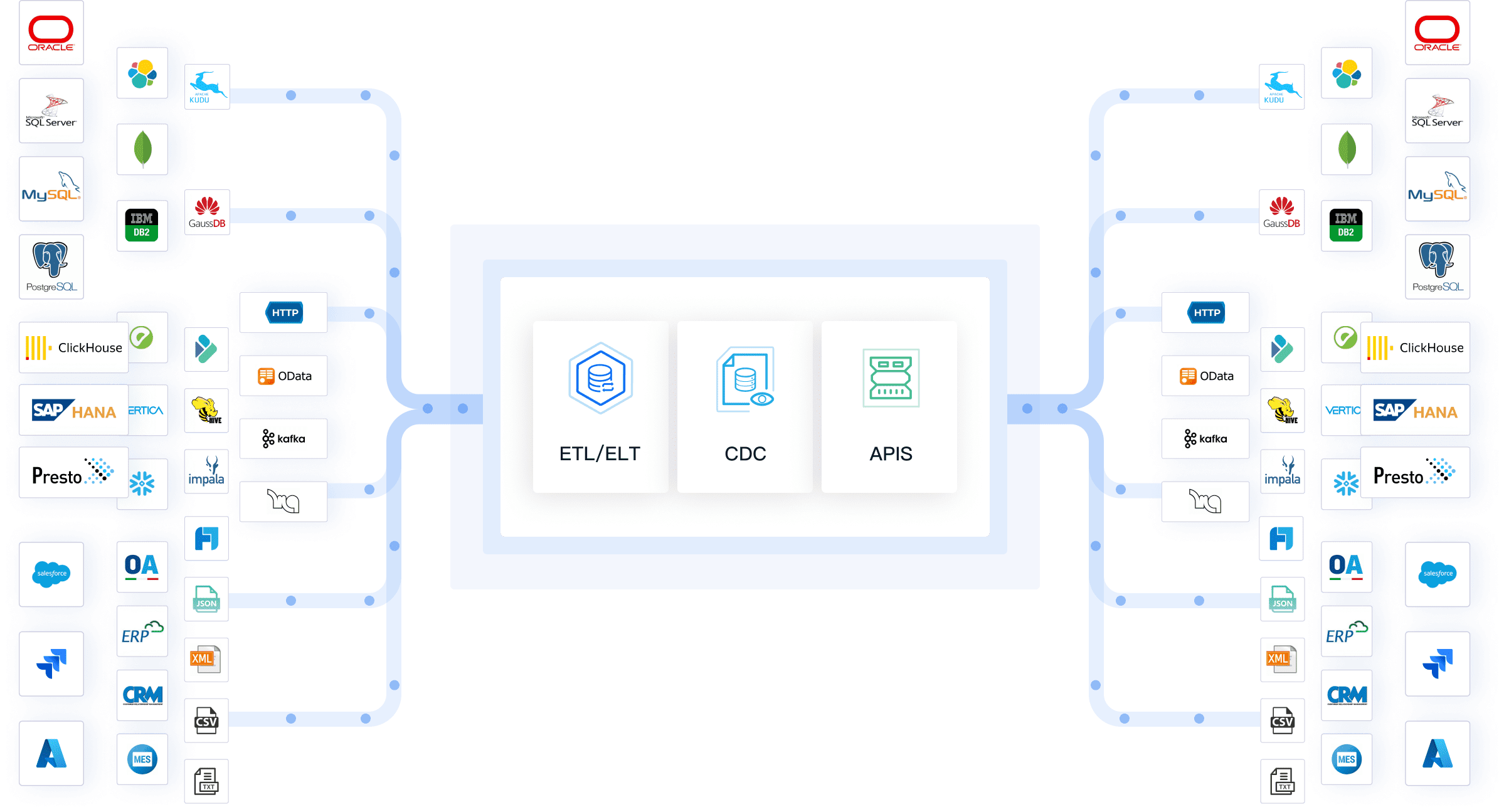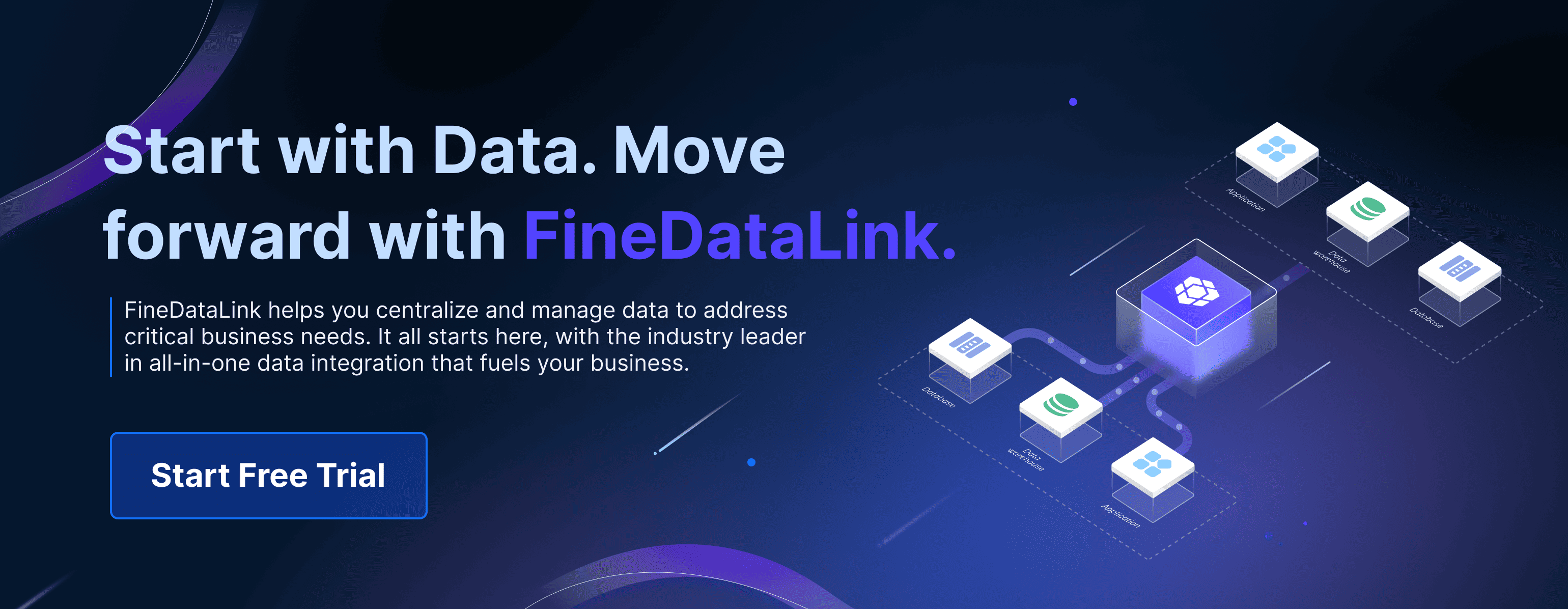Data integration holds paramount importance in modern enterprises. Efficient data integration saves time and boosts productivity by centralizing crucial data. This process enables transparent operations and quick decision-making, which drives strategic business decisions. Manufacturing, Government, and Healthcare industries prioritize data integration, with 80% of Business Operations leaders considering it critical to their success.
SAP stands as a leading provider of data integration tools. SAP Data Services and SAP Data Hub exemplify the versatility and efficiency of SAP data integration solutions. These tools allow seamless extraction, transformation, and consolidation of data from various sources, both SAP and non-SAP.
Overview of SAP Data Integration
Importance of Data Integration
Data integration is a cornerstone of modern business strategy, transforming fragmented data into a unified resource that drives insights and innovation. By bringing together data from different systems, integration enhances its value, enabling businesses to gain a more comprehensive understanding of their operations. This holistic view fosters better decision-making and opens up new growth opportunities.
Benefits for Enterprises
Data integration significantly boosts efficiency by streamlining data collection and usage across various departments. With a centralized data repository, employees can collaborate more effectively, accessing the same up-to-date information, which enhances decision-making and reduces redundancy. This streamlined access also enables businesses to better understand their customers, leading to improved customer service and more targeted marketing strategies.
Moreover, integrated data allows businesses to identify new revenue streams by uncovering trends and patterns that may have been hidden in isolated datasets. It also enables the optimization of operations by providing a clearer picture of resource utilization and performance metrics. As a result, data integration not only saves time but also enhances the relevance and accuracy of data products, making them more valuable to the enterprise.
Challenges in Data Integration
Despite its benefits, data integration is not without its challenges. One of the primary hurdles is dealing with the variety of data formats and structures that exist across different systems. Integrating these disparate sources into a cohesive whole requires significant effort and expertise. Ensuring data quality and consistency is another critical challenge, as businesses must reconcile conflicting information from various sources to maintain the integrity of their data.
Security is a critical concern, especially when dealing with the integration of sensitive or confidential data. Businesses must implement stringent security measures to safeguard their information during and after the integration process. FanRuan’s FineDataLink addresses these concerns with a robust suite of features designed to streamline the integration process while maintaining the highest standards of data security. FineDataLink not only ensures data quality but also provides comprehensive security protocols that protect data at every stage. By leveraging FineDataLink, organizations can confidently navigate the complexities of data integration, knowing their efforts are both efficient and secure.

SAP Data Integration
SAP offers a robust suite of data integration solutions designed to streamline the flow of information across an organization. These tools enable seamless extraction, transformation, and consolidation of data from a wide range of sources, including both SAP and non-SAP systems. By integrating data from diverse platforms, SAP ensures that businesses can leverage their data for enhanced decision-making and operational efficiency.
Key Principles of SAP Data Integration
SAP data integration is built on several key principles that ensure its effectiveness and reliability.
- Standardization: SAP emphasizes the standardization of data formats and protocols, which simplifies the integration process and reduces the complexity of managing data from various sources. This approach not only ensures compatibility between different systems but also improves the accuracy and consistency of the data.
- Real-Time Processing: In today’s fast-paced business environment, real-time data processing is crucial. SAP’s integration tools are designed to facilitate real-time data flows, enabling businesses to make informed decisions quickly. This capability is particularly valuable in scenarios where timely data access is critical, such as in financial reporting, inventory management, or customer service.
- Scalability: As businesses grow, their data integration needs to evolve. SAP’s solutions are scalable, ensuring that they can handle increasing volumes of data without compromising performance. This scalability is essential for businesses that anticipate growth or that operate in industries with rapidly expanding data requirements.
Integration Strategies of SAP Data Integration
To meet the diverse needs of businesses, SAP employs a variety of integration strategies, each tailored to different operational scenarios.
- Batch Processing: For businesses dealing with large volumes of data, batch processing is a reliable strategy. It allows for the efficient handling of data by processing it in bulk at scheduled intervals. This method is ideal for tasks that do not require immediate data updates, such as end-of-day reporting or bulk data transfers.
- Real-Time Integration: In contrast, real-time integration is designed for situations where data must be updated and synchronized instantly. This strategy supports immediate data processing, ensuring that all systems reflect the most current information. Real-time integration is critical in environments where delay could lead to significant operational inefficiencies or lost opportunities, such as in supply chain management or real-time analytics.
- Hybrid Approaches: SAP also supports hybrid integration strategies that combine the strengths of both batch and real-time methods. This flexible approach allows businesses to optimize their data processing based on specific requirements, balancing the need for immediate updates with the efficiency of batch processing. Hybrid strategies are particularly useful in complex environments where different data flows have varying levels of urgency.
Leveraging SAP Data Integration
By leveraging these strategies and principles, businesses can optimize their data integration processes, ensuring that they have access to the right information at the right time. SAP's comprehensive approach to data integration not only enhances operational efficiency but also enables businesses to be more agile and responsive to market changes. Whether dealing with legacy systems or modern cloud-based applications, SAP’s data integration solutions provide the tools needed to unify disparate data sources, paving the way for more informed decision-making and sustained business growth.
SAP Data Integration Tools
SAP Data Services
SAP Data Services stands out as a versatile tool for data integration. This tool allows users to extract, transform, cleanse, consolidate, and deliver data for business processes or analytical objectives.
Key Features
- Data Extraction and Transformation: SAP Data Services can access and extract both structured and unstructured data from various sources, including SAP ERP, SAP BW, SAP CRM, SAP HANA, and non-SAP systems.
- Data Quality Management: The tool includes mechanisms to check data quality, such as duplicate record detection, address validation, and geocode search.
- Real-Time and Batch Processing: SAP Data Services supports both real-time and batch processing, making it adaptable to different business needs.
- Change Data Capture (CDC): This feature provides input data for stream-processing systems and data warehousing.
- Integration with SAP and Non-SAP Systems: The tool can load data to SAP and non-SAP targets, ensuring seamless data flow across the organization.
Use Cases
- Data Migration: SAP Data Services is ideal for moving data from SAP or non-SAP OLTP (Online Transaction Processing) systems to target SAP OLTP systems.
- Business Intelligence (BI): BI or analytics teams often use SAP Data Services to fill an SAP Business Warehouse (SAP BW) system. The tool extracts, prepares, and loads data from transactional systems into SAP BW.
- Data Quality Improvement: Organizations use SAP Data Services to analyze and improve data quality throughout the enterprise. The tool's capabilities in data cleansing and validation make it a valuable asset for maintaining high data standards.
FineDataLink
FineDataLink is a powerful and versatile tool designed to excel in SAP data integration. It simplifies the complex processes involved in integrating data from SAP and non-SAP sources, providing businesses with a unified, accurate, and accessible data landscape. FineDataLink is ideal for organizations looking to enhance their data integration capabilities while maintaining high standards of data quality and performance.

Key Features
- Comprehensive Data Integration: FineDataLink enables seamless integration of data from a wide array of sources, including SAP ERP, SAP BW, SAP CRM, and non-SAP systems. It facilitates the extraction, transformation, and loading (ETL) of data, ensuring that all relevant information is consolidated and ready for analysis or operational use.
- Advanced Data Quality Management: FineDataLink incorporates sophisticated data quality management features. These include real-time data validation, data cleansing, and deduplication. The tool ensures that the integrated data is accurate, consistent, and free from errors, which is critical for maintaining the reliability of business intelligence and analytics.
- Real-Time and Batch Processing: FineDataLink supports both real-time and batch data processing. This flexibility allows organizations to choose the most appropriate processing mode based on their specific requirements, whether they need instant data updates or are processing large volumes of data at scheduled intervals.
- Scalability and Flexibility: As businesses grow, so do their data integration needs. FineDataLink is built to scale with your organization, ensuring that it can handle increasing data volumes without sacrificing performance. Its flexible architecture allows for easy adaptation to new data sources and integration scenarios.
- Integration with SAP and Non-SAP Systems: FineDataLink seamlessly integrates with both SAP and non-SAP systems, providing a unified platform for data management. This ensures that data flows smoothly across the organization, enhancing operational efficiency and decision-making.
Use Cases
- Data Migration: FineDataLink is highly effective in facilitating data migration between SAP and non-SAP systems. Whether you’re moving data from legacy systems to SAP S/4HANA or integrating multiple systems into a single SAP environment, FineDataLink ensures a smooth and efficient transition.
- Business Intelligence (BI): FineDataLink plays a crucial role in feeding data into SAP Business Warehouse (SAP BW) and other analytics platforms. It extracts, prepares, and loads data from various sources, enabling BI teams to generate accurate and timely reports.
- Master Data Management (MDM): FineDataLink supports organizations in implementing robust Master Data Management practices. By integrating and standardizing master data across multiple SAP and non-SAP systems, it helps maintain a single, consistent view of key business entities such as customers, products, and suppliers.
- Data Quality Enhancement: Organizations use FineDataLink to continually monitor and improve data quality across the enterprise. Its advanced data cleansing, validation, and governance features ensure that all integrated data meets the highest standards, supporting better decision-making and operational efficiency.

FineDataLink stands out as an essential tool for SAP data integration, offering a comprehensive solution that addresses the diverse and evolving needs of modern enterprises. Its ability to handle complex data integration scenarios with ease, while maintaining high data quality and performance, makes it a valuable asset for any organization leveraging SAP systems.
SAP HANA Smart Data Integration
SAP HANA Smart Data Integration offers robust capabilities for integrating data from various sources into SAP HANA.
Key Features
- Real-Time Data Integration: This tool supports real-time data integration, enabling immediate data updates and synchronization.
- Data Transformation: SAP HANA Smart Data Integration provides advanced data transformation capabilities, allowing users to refine and manipulate data as needed.
- Scalability: The tool is designed to scale with the growing data needs of businesses, ensuring consistent performance.
- Support for Various Data Sources: It can integrate data from a wide range of sources, including databases, applications, and cloud services.
Use Cases
- Real-Time Analytics: Businesses use SAP HANA Smart Data Integration for real-time analytics, providing up-to-date insights for decision-making.
- Data Warehousing: The tool helps in consolidating data from multiple sources into a data warehouse, facilitating comprehensive data analysis.
- Operational Reporting: Organizations leverage this tool for operational reporting, ensuring that reports reflect the most current data available.
SAP Cloud Platform Integration
SAP Cloud Platform Integration (formerly known as Hana Cloud Integration or Cloud Platform Integration) is a key component of the SAP Integration Suite.
Key Features
- Cloud-Based Integration: This tool facilitates the integration of on-premise and cloud-based processes and services.
- Pre-Built Integrations: SAP Cloud Platform Integration offers pre-built integrations for common business scenarios, reducing implementation time.
- Security and Compliance: The tool ensures data security and compliance with industry standards.
- Scalability and Flexibility: It provides scalable solutions that can adapt to changing business requirements.
Use Cases
- Hybrid Integration: Businesses use SAP Cloud Platform Integration to connect on-premise systems with cloud applications, creating a hybrid IT environment.
- API Management: The tool supports API management, enabling organizations to expose and manage APIs securely.
- Process Automation: SAP Cloud Platform Integration helps automate business processes, improving efficiency and reducing manual effort.
SAP Data Hub
SAP Data Hub serves as an advanced tool for managing and integrating data across complex landscapes. This tool ensures seamless data orchestration, governance, and sharing within an enterprise.
Key Features
- Data Orchestration: SAP Data Hub orchestrates data workflows across various sources and targets. This feature enables efficient data movement and transformation.
- Data Governance: The tool provides robust data governance capabilities. This includes metadata management, data lineage, and policy enforcement.
- Scalability: SAP Data Hub scales to meet the growing data needs of businesses. This ensures consistent performance regardless of data volume.
- Integration with Diverse Sources: The tool integrates data from a wide range of sources. This includes databases, applications, and cloud services.
- Real-Time Data Processing: SAP Data Hub supports real-time data processing. This allows immediate data updates and synchronization.
- User-Friendly Interface: The tool offers an intuitive interface for designing and managing data workflows. This simplifies the process for users.
Use Cases
- Data Lake Management: Businesses use SAP Data Hub for managing data lakes. This ensures efficient data storage and retrieval.
- Data Pipeline Automation: The tool automates data pipelines, reducing manual effort and improving efficiency.
- Data Governance and Compliance: Organizations leverage SAP Data Hub for data governance and compliance. This ensures adherence to industry standards and regulations.
- Big Data Integration: SAP Data Hub integrates big data from various sources. This facilitates comprehensive data analysis and insights.
- IoT Data Processing: The tool processes data from IoT devices in real time. This enables timely decision-making based on current data.
- Data Sharing Across Departments: SAP Data Hub facilitates data sharing across different departments. This improves collaboration and operational efficiency.
Comparing SAP Data Integration Tools
Feature Comparison of SAP Data Integration
Performance
SAP Data Services excels in data extraction and transformation, offering robust support for both real-time and batch processing. The tool delivers consistent performance across various data volumes, making it a reliable choice for large-scale operations. Similarly, SAP HANA Smart Data Integration provides robust real-time data integration, ensuring immediate data updates and synchronization. SAP Cloud Platform Integration offers cloud-based integration with pre-built connectors, adapting performance to meet dynamic business requirements. SAP Data Hub, on the other hand, focuses on data orchestration and governance, efficiently managing large data volumes and ensuring smooth workflows across complex data landscapes.
Scalability
SAP Data Services scales effectively to meet growing data demands, handling increased volumes without performance degradation. SAP HANA Smart Data Integration also maintains consistent performance as data scales, ensuring that large datasets do not hinder operations. SAP Cloud Platform Integration provides scalable solutions suited for hybrid IT environments, seamlessly adapting to both on-premise and cloud-based systems. SAP Data Hub excels in orchestrating data workflows across diverse sources, offering the flexibility to scale up or down based on real-time data needs, making it ideal for dynamic, large-scale operations.
Use Case Comparison of SAP Data Integration
Industry Applications
SAP Data Services is widely used in data migration and business intelligence, with strong applications in the manufacturing and healthcare industries for improving data quality. SAP HANA Smart Data Integration supports real-time analytics and operational reporting, particularly benefiting the financial services and retail sectors by enhancing data warehousing capabilities. SAP Cloud Platform Integration is favored for hybrid integration and process automation, especially in telecommunications and logistics, where its API management capabilities streamline operations. SAP Data Hub serves as a central hub for data orchestration and governance, making it particularly valuable in the energy and utilities industries for big data integration and IoT data processing.
Specific Scenarios
SAP Data Services is particularly useful for scenarios involving the movement of data between SAP and non-SAP systems, with business intelligence teams often using it to populate SAP Business Warehouse. SAP HANA Smart Data Integration enables real-time data consolidation, supporting organizations in operational reporting with up-to-date information. SAP Cloud Platform Integration bridges on-premise systems with cloud applications, facilitating automated processes and secure API management. SAP Data Hub excels in managing data lakes and automating data pipelines, ensuring compliance and governance across diverse data sources for comprehensive analysis.
FineDataLink: An Excellent SAP Data Integration Tool
FineDataLink emerges as a standout tool in the realm of SAP data integration, offering seamless integration capabilities tailored for both SAP and non-SAP environments. This tool is designed to enhance data-driven decision-making processes across industries by providing robust data extraction, transformation, and consolidation functionalities.
Key Features
- Comprehensive Data Integration: FineDataLink enables users to integrate data from a wide range of sources, including SAP ERP, SAP BW, and other non-SAP systems, ensuring a unified view of enterprise data.
- Real-Time Data Processing: The tool supports real-time data processing, allowing businesses to access and analyze the most current data, which is crucial for time-sensitive decision-making.
- Scalable Architecture: FineDataLink’s architecture is built to scale with growing data needs, ensuring that performance remains consistent even as data volumes expand.
- Data Quality Management: With built-in data quality management features, FineDataLink helps organizations maintain high standards of data integrity and accuracy, essential for reliable business insights.
- Flexible Deployment: FineDataLink offers flexible deployment options, supporting both cloud-based and on-premise environments, making it adaptable to various IT infrastructures.

Use Cases
- Data Migration: FineDataLink is ideal for migrating data between SAP and non-SAP systems, ensuring seamless data transfer with minimal disruption to business operations.
- Real-Time Analytics: Businesses can leverage FineDataLink to power real-time analytics and operational reporting, particularly in industries such as finance and retail where up-to-date information is critical.
- Process Automation: FineDataLink’s integration capabilities extend to automating business processes, particularly in hybrid IT environments, enhancing efficiency and reducing manual workload.
- Data Governance: With its strong focus on data quality and governance, FineDataLink ensures that all integrated data complies with organizational standards, making it a trusted tool for regulated industries such as healthcare and finance.
FineDataLink not only complements SAP’s suite of data integration tools but also provides additional flexibility and performance benefits, making it a valuable addition to any organization’s data integration strategy.
Best Practices for Using SAP Data Integration Tools
Planning and Strategy of SAP Data Integration
Assessing Needs
Successful data integration begins with a thorough assessment of organizational needs. Identifying specific data sources and types that require integration is crucial. It is important to evaluate the volume and frequency of data updates, along with the business objectives that the data integration aims to achieve. This assessment helps to understand the scope and complexity of the integration project, ensuring that the right resources and strategies are in place.
Tool Selection
Selecting the right tool is paramount for effective data integration. Factors such as data volume, source diversity, and real-time processing needs must be considered.
- SAP Data Services excels in data extraction, transformation, and loading, making it suitable for enterprises dealing with complex data landscapes.
- SAP HANA Smart Data Integration offers robust real-time capabilities, ideal for businesses that require immediate data updates and analytics.
- SAP Cloud Platform Integration provides cloud-based solutions with pre-built integrations, enabling seamless integration in hybrid IT environments.
- SAP Data Hub manages and integrates enterprise-scale data across diverse environments, focusing on data orchestration and governance.
- FineDataLink serves as an exceptional option for SAP data integration, particularly when flexibility and scalability are required. FineDataLink supports the seamless integration of both SAP and non-SAP sources, making it an adaptable solution for businesses with diverse data environments. With its robust data transformation capabilities and real-time data processing, FineDataLink ensures that data flows smoothly across the enterprise, enabling better decision-making and operational efficiency. Additionally, its intuitive interface and powerful integration tools make it an ideal choice for organizations looking to streamline their data management processes. FineDataLink aligns well with business requirements, providing a reliable and scalable integration platform.
Selecting a tool that aligns with the organization's specific requirements ensures that the data integration strategy is effective and sustainable in the long term.
Implementation Tips of SAP Data Integration
Integration Planning
A well-structured integration plan ensures smooth implementation. Define clear objectives and timelines for the integration project. Map out data flows and identify potential bottlenecks. Establish protocols for data quality and consistency. Ensure that the integration strategy aligns with business goals. Regularly review and adjust the plan to accommodate changes in data requirements.
Monitoring and Maintenance
Ongoing monitoring and maintenance are essential for sustained integration success. Implement tools and processes for real-time monitoring of data flows. Address issues such as data latency and errors promptly. Regularly update integration tools to leverage new features and improvements. Conduct periodic audits to ensure data quality and compliance. Effective monitoring and maintenance help in maintaining the reliability and performance of the data integration system.
Continue Reading about Data Integration
Essential Data Integration: A Beginner's Guide
Top Data Integration Tools: 2025 Guide
Top 10 Data Integration Software for 2025
What is API Data Integration? API vs Data Integration
Best Data Integration Platforms to Use in 2025
Enterprise Data Integration: A Comprehensive Guide
FAQ

The Author
Howard
Data Management Engineer & Data Research Expert at FanRuan
Related Articles

10 Best Data Orchestration Tools for 2025 You Should Know
Compare the best data orchestration tools for 2025 to streamline workflows, boost automation, and improve data integration for your business.
Howard
Nov 28, 2025

10 Best Enterprise ETL Tools for Data Integration
Compare the 10 best enterprise ETL tools for data integration in 2025 to streamline workflows, boost analytics, and support scalable business growth.
Howard
Oct 02, 2025

What is Real Time Data Integration and Why It Matters
Real time data integration connects systems for instant, accurate data access, enabling faster decisions, improved efficiency, and better customer experiences.
Howard
Sep 24, 2025




